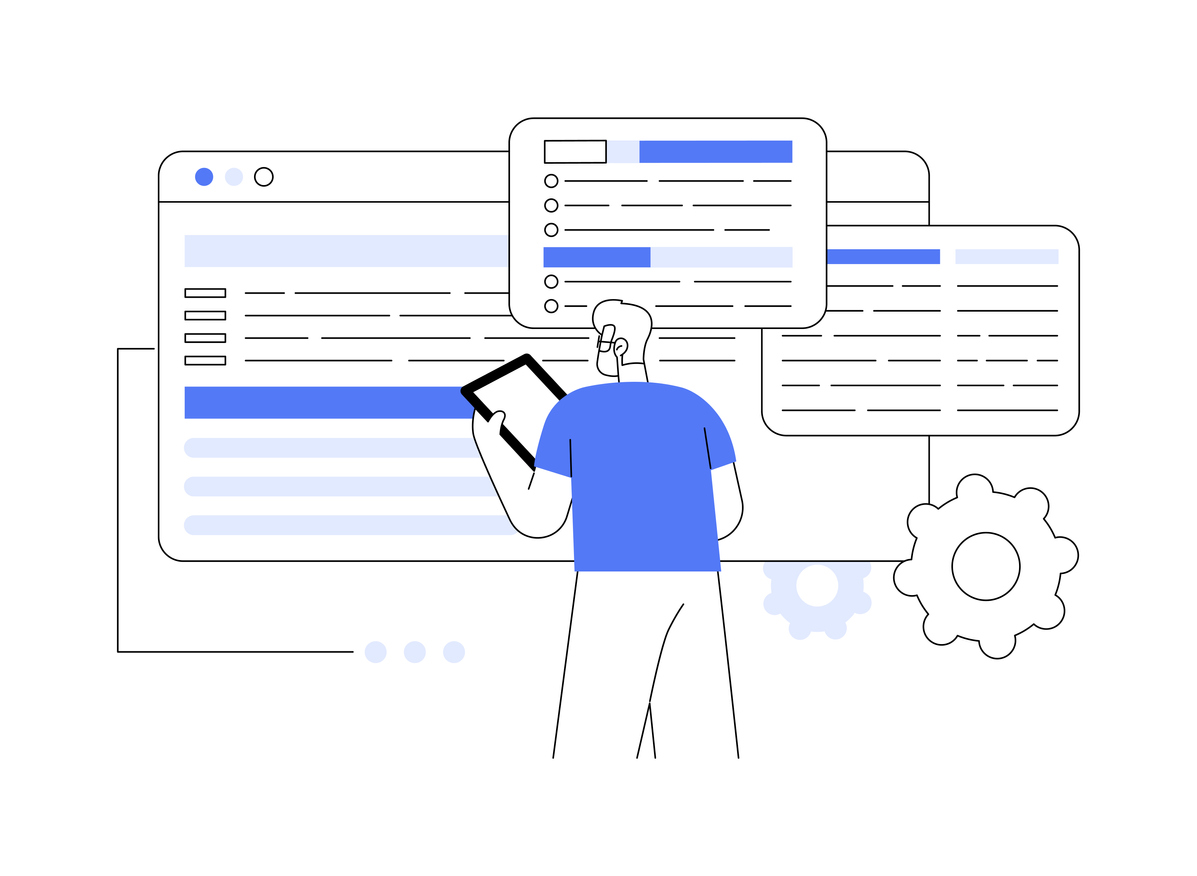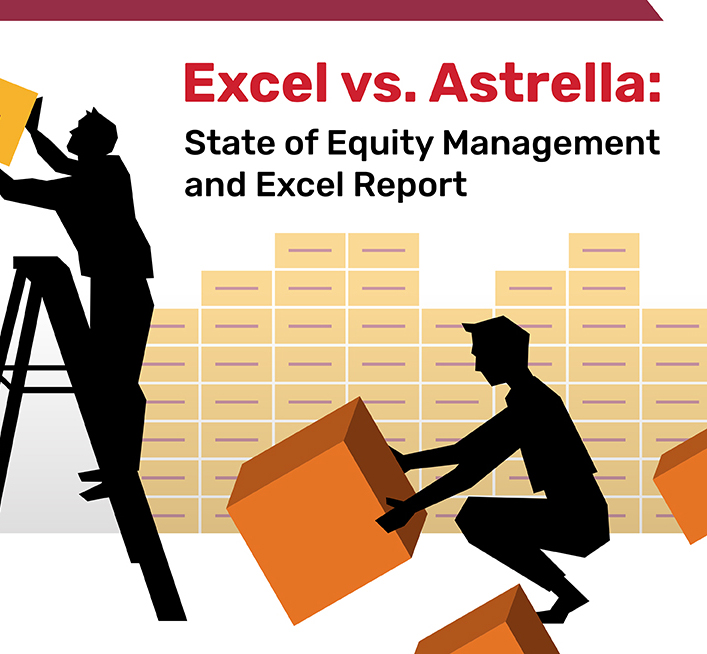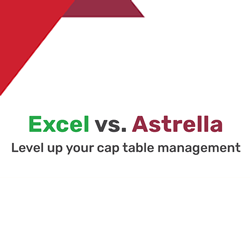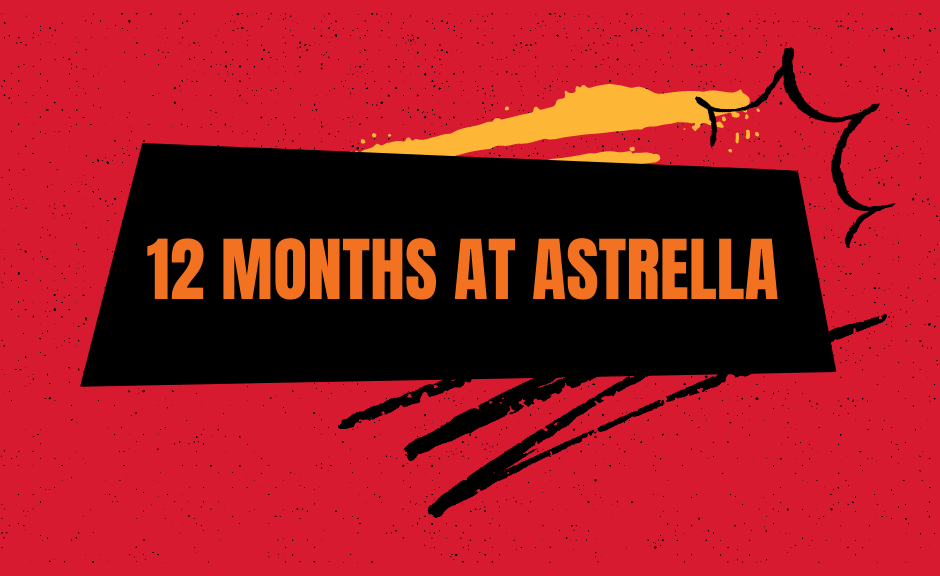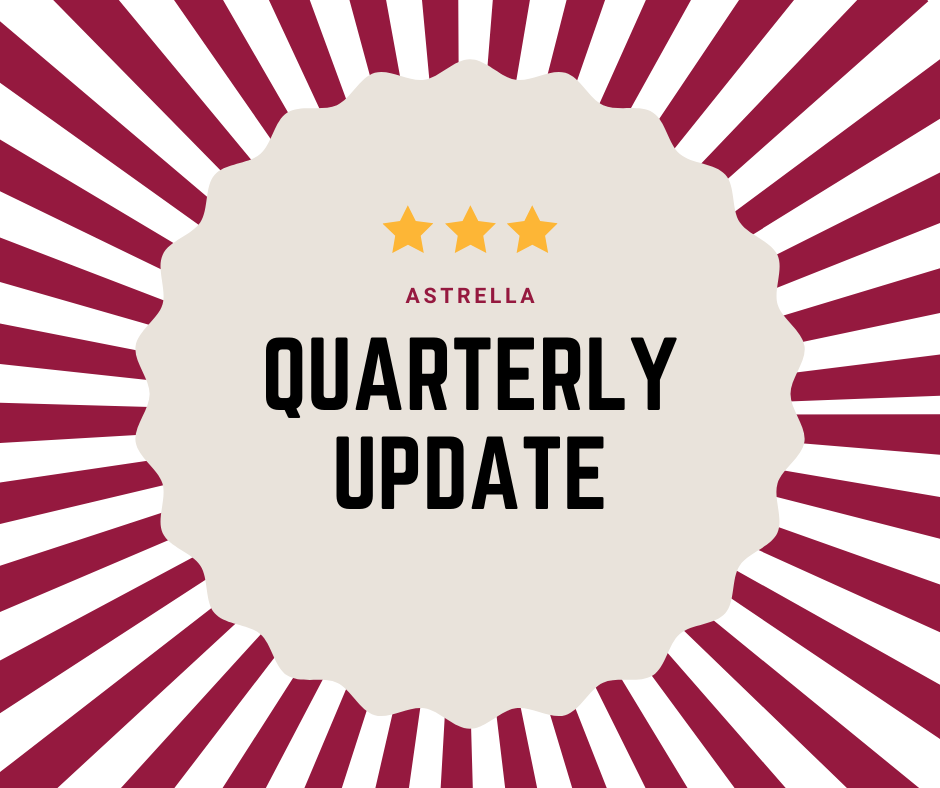For businesses of all sizes, having an integrated Human Resources Information System (HRIS) and cap table system is essential for ensuring accurate record-keeping and streamlined workflows. By bringing these two systems together, businesses can enjoy improved data security, cost savings, payroll and equity information transparency, fewer errors, and greater compliance with relevant regulations and laws. In this article, we will look at the benefits of integrating your HRIS and cap table systems the differences between the two systems, and how to implement them. We will also discuss the importance of keeping accurate records and the advantages of streamlining workflows. Finally, we will walk through the steps to integrate your HRIS and cap table systems.
The Benefits of Having an Integrated HRIS and Cap Table System
An integrated HRIS and cap table system is essential for businesses of all sizes. This integration allows for greater scalability and agility when it comes to managing employee data, as well as improved data security. Additionally, integrating these systems eliminates the need for duplicate data entry, reducing the potential for human error and ensuring compliance with relevant regulations and laws.
Integrating HRIS and cap table systems also allows businesses to benefit from cost savings, as there is no need to pay for multiple sets of software or additional hardware. Furthermore, an integrated system increases payroll and equity information transparency. This transparency helps businesses comply with regulations and laws while providing valuable financial insights.
Overall, an integrated HRIS and cap table system can help streamline workflows by eliminating redundant steps in the process and giving businesses more control over their financials. It can be used to ensure accurate records are kept in case of audits or other legal proceedings, which can help protect businesses from potential liabilities or penalties if something goes wrong. Furthermore, it can help facilitate communication between departments within a business by providing a single source of truth for all employee-related information.
Understanding the Differences Between HRIS and Cap Table Systems
Gaining a clear understanding of the differences between HRIS and cap table systems is critical for businesses looking to take advantage of the advantages of integrating them. A Human Resources Information System, or HRIS, is designed to store and track human resources data, such as employee records, payroll, time tracking, and performance reviews. It can also help simplify recruitment processes by providing managers with a better understanding of their team’s abilities. On the other hand, a cap table system centers on monitoring equity ownership in an organization or company. This includes shareholders, stock options allocated to employees and investors, vesting schedules for each class of stock option holders, and any other equity-related information important for business operations.
Integrating these two systems has many benefits, including improved accuracy of data, which eliminates potential errors from entering information into multiple systems across departments; reduced manual processing such as double-entry checking; cost savings; increased transparency into payroll and equity information within an organization or business; plus ensuring compliance with relevant regulations and laws. In addition, it helps streamline workflows, resulting in more efficient operations overall while protecting businesses from potential liabilities or penalties due to incorrect record keeping.
The integration of HRIS and cap table systems is integral for companies attempting to capitalize on this process’s advantages. Businesses must gain adequate knowledge about each system to make the most out of this integration while taking advantage of all its associated benefits.
The Importance of Keeping Accurate Records
The importance of keeping accurate records cannot be overstated. An integrated HRIS and cap table system is critical for ensuring that records are kept accurately and in compliance with relevant regulations and laws. Accurate records can help identify areas of improvement and potential cost savings, track progress, and report to stakeholders. An integrated system reduces errors, improves accuracy, and provides an audit trail to resolve disputes quickly.
Accurate record-keeping also helps businesses make informed decisions about their operations. With complete and up-to-date information, business owners can better understand their current situation and recognize areas of opportunity or risk. Data gathered from the HRIS and cap table systems can also be used to compare different departments or processes to determine what is working well, what needs improvement, or where cost savings could be made.
An integrated HRIS and cap table system also allows for greater transparency into payroll data, such as employee salaries or bonus payments, and equity information, such as vesting schedules or stock options. This increased visibility into financial matters allows organizations to remain compliant with relevant regulations while providing employees with clarity into how their benefits are managed.
Ultimately, an integrated HRIS and cap table system is essential for ensuring records’ accuracy and streamlining workflows. By combining these two systems, businesses can benefit from improved data security, cost savings, increased transparency into payroll and equity information, and reduced potential for errors while ensuring compliance with relevant regulations and laws.
The Advantages of Streamlined Workflows
The time and cost savings associated with streamlined workflows give businesses a competitive advantage in today’s market, allowing them to focus their resources on other business areas. By taking advantage of integrated systems, companies can rest assured that they comply while accessing up-to-date records and payroll and equity information data.
Steps to Integrating Your HRIS and Cap Table Systems
Integrating an HRIS and cap table system is crucial for businesses looking to track their payroll and equity information accurately. To ensure a successful integration, companies should follow the steps outlined below:
- Identify the features required for each system: Before beginning to integrate an HRIS and cap table system, it is essential to identify each system’s required features. This will help businesses determine which type of software best meets their needs and any potential compatibility issues that may arise when attempting to integrate them.
- Compare different options available: After identifying the features needed for each system, businesses should research different available options. This could involve comparing different software packages regarding pricing, features offered, user interface, compatibility with other systems (e.g., accounting), customer support services, etc.
- Determine data formats supported: Once a business has identified a suitable software package, it must determine which data formats both systems support to ensure smooth integration between them. Additionally, they should consider if there are any industry-standard protocols or regulations that need to be adhered to during integration; this could include security protocols such as encryption methods or authentication standards like two-factor authentication (2FA).
- Set up data synchronization: Once the data formats have been identified and verified as compatible with both systems, it is time to set up data synchronization between them. This process involves mapping out how data will be exchanged between both systems to work together seamlessly and accurately track information from one system to another without duplication or errors.
Test the integration for accuracy: Once all of these steps have been completed, testing the integration for accuracy before going live with it across your organization’s networks and infrastructure is essential. It’s advisable to create dummy records on both sides of the integration to verify that everything is working correctly before making changes live; this can help prevent costly mistakes later down the line due to incorrect data being transferred or stored due to incompatibilities between systems or other unforeseen issues arising during testing phase(s).
Conclusion
In conclusion, integrating an HRIS and cap table system is essential for businesses that want to ensure accuracy and streamline workflows. Separate systems can lead to errors, lack of transparency, and inefficiency. In contrast, an integrated system can give your business a more accurate view of its finances and guarantee that all employees’ pay is correct. Investing in the right tools is essential to ensure that your business runs smoothly and efficiently, and taking the time to integrate your HRIS and cap table systems properly will enable you to manage your company’s records and workflows better.
Integrating HRIS and cap table systems should be considered an investment rather than an expense. It saves companies money by reducing manual input errors, streamlining processes, and avoiding costly fines due to non-compliance issues while providing greater data security. Furthermore, it facilitates communication between departments and provides businesses with up-to-date information on their financials, which can help them identify areas of improvement or potential cost savings.
By investing in the right tools for integration, businesses will be able to reap the benefits of improved accuracy of data, cost savings, increased transparency into payroll and equity information, streamlined workflows, and compliance with relevant regulations and laws – all of which are critical components of ensuring successful record keeping within any organization.

Tom Kirby
Tom Kirby serves as the Head of Global Sales at Astrella. With more than 20 years of experience in sales and business development, he is dedicated to fostering strong client relationships and assisting both private and public companies in understanding and effectively communicating their value.
- Tom Kirby#molongui-disabled-link
- Tom Kirby#molongui-disabled-link
- Tom Kirby#molongui-disabled-link
- Tom Kirby#molongui-disabled-link





